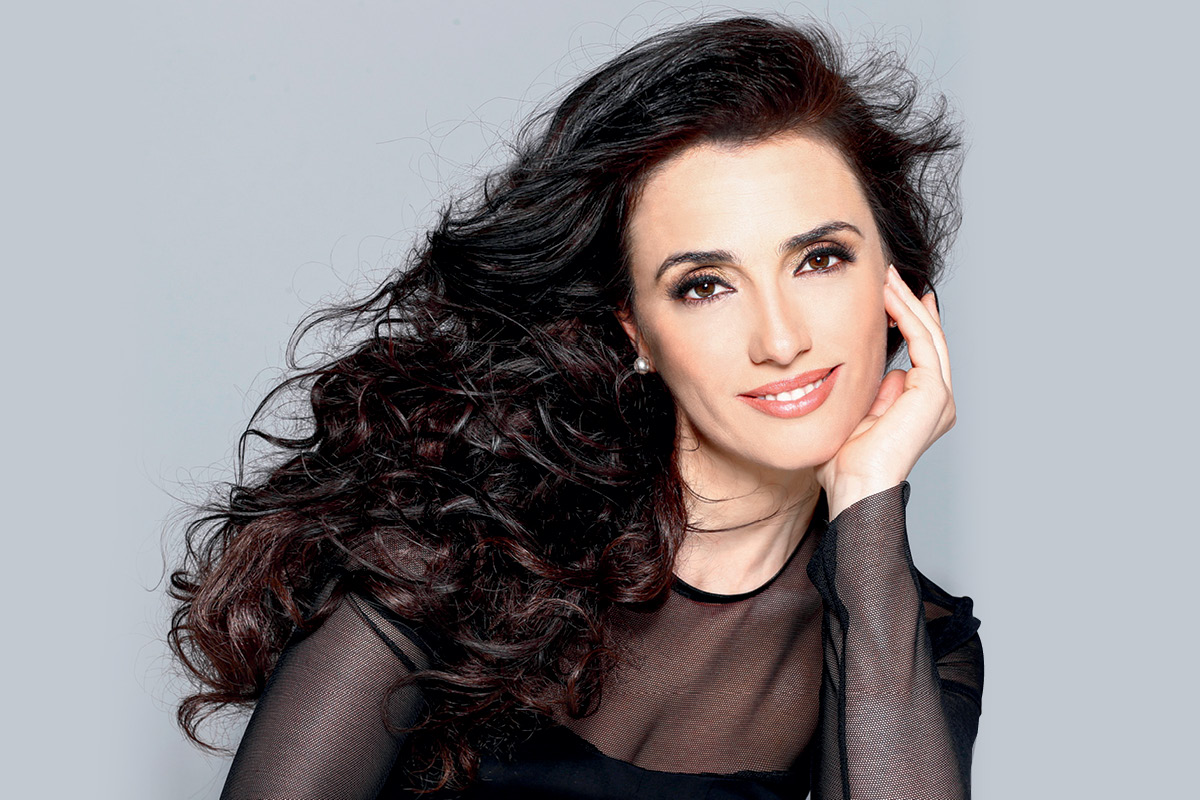Anne Boleyn, Mary Stuart and Elizabeth. Or, to give them their Italian renderings, Anna Bolena, Maria Stuarda and Elisabetta. As has been well established already, Gaetano Donizetti never conceived of his three operas about these three Tudor queens as a trilogy. The perception of the so-called Tudor Trilogy was in fact created by the canny American soprano Beverly Sills, who sang all three queens at New York City Opera in one season in 1974, an astonishing achievement.
 Ermonela Jaho. Photo © Fadil Berisha
Ermonela Jaho. Photo © Fadil Berisha
As further proof of their stand-alone natures, each opera features a libretto by a different author: Felice Romani drew on two Italian plays to fashion Anna Bolena (1830), a 17-year-old Giuseppe Bardari adapted Schiller’s 1800 play for Maria Stuarda (1835), and Salvadore Cammarano drew on French literary sources for Roberto Devereux (1838).
Nor do these three operas represent Donizetti’s only foray into Tudor territory, pipped to the post by his little-heard Il castello di Kenilworth, composed in 1829 and marking the composer’s earliest exploration of the tempestuous love life of Elizabeth I.
Five centuries after their reign, modern audiences remain just as fascinated by the...











Comments
Log in to join the conversation.